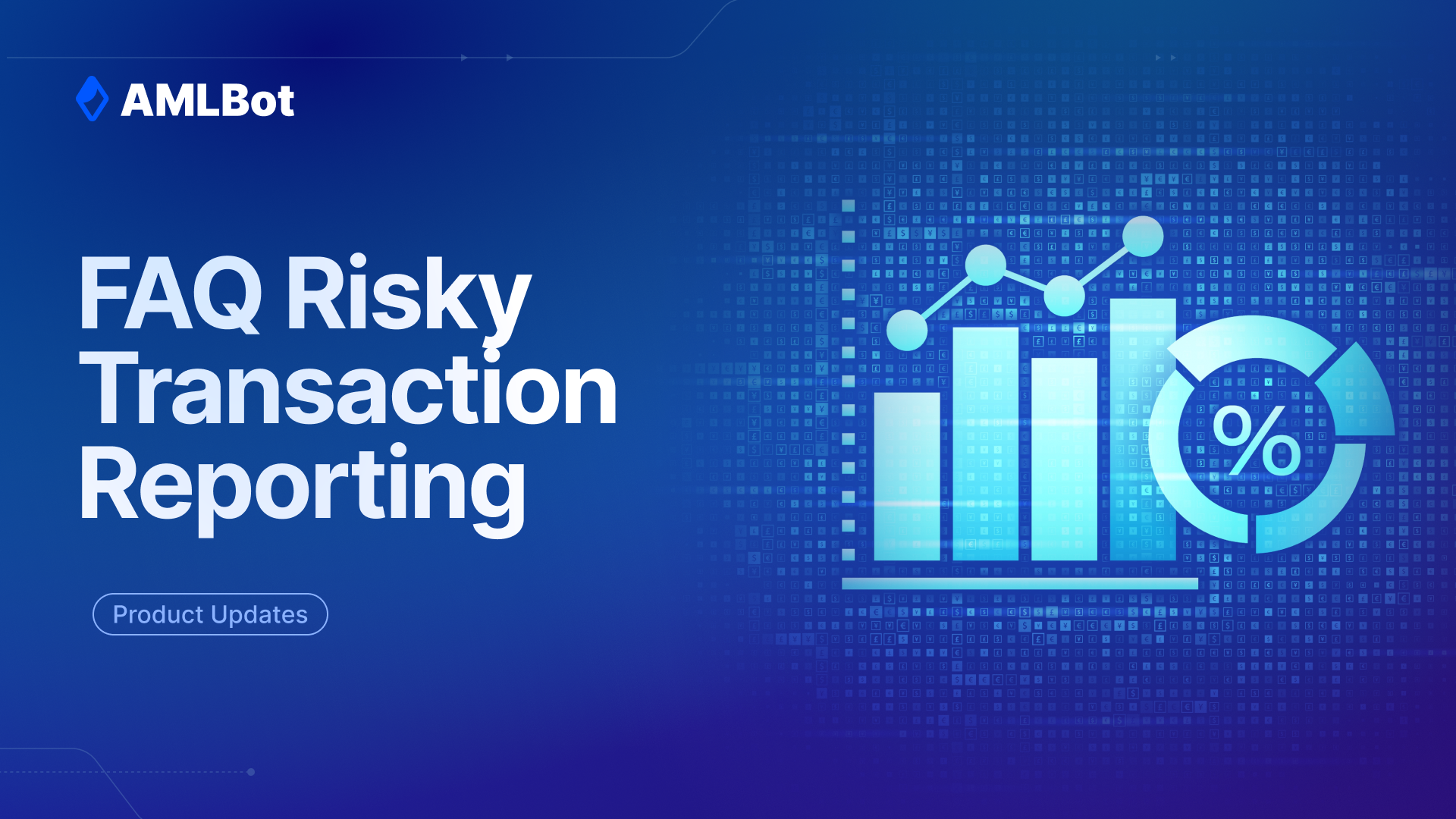FAQ Risky Transaction Reporting

Our clients' most frequently asked questions, answered: This blog covers what qualifies as a high-risk transaction, how to manage them, and what steps to take if a transaction is flagged. From enhanced due diligence to blocking or unfreezing funds, it provides essential answers for navigating these challenges.
- What qualifies as a 'High-Risk Transaction'?
The company shall decide on its own what shall be considered a high-risk transaction. The following factors may be taken into consideration: general risk score, danger/suspicious signals, and volume of the transaction.
- How to manage a ‘High-Risk Transaction'?
You might want to do ‘Enhanced Due Diligence’. This might mean: reaching out to the client to ask for additional information about the transaction (source of funds, counterparties. etc). You can also apply a holistic approach meaning collecting all possible information about the customer and his transactions. All these measures shall assist in understanding whether there is a risk of money laundering or other financial crimes or there is not.
AMLBot provides training about this that can help you understand the matter. We can also offer to draft you the crypto transaction monitoring procedure.
- Is it necessary to block high-risk transactions?
Depends on the transactions itself and the company’s risk appetite. There might be transactions where the freeze of funds shall be done once the transaction is received. For example, a high percentage of sanctions. However, there might be situations where the company shall do enhanced due diligence before deciding about the freeze.
- What steps should be taken after blocking?
The company shall decide whether to contact the customer and ask for additional information. Along with this, the company may apply a holistic approach to better understand the customer profile and behavior. After that, the company may decide whether to report it to the authorities.
If the freeze of funds were due to justified high-risk indicators/red flags, the reporting to the authorities shall be done.
- Which high-risk transaction can be returned to a customer?
The company may unfreeze the funds if after the internal investigation and/or reception of additional information from the customer. The company has reasonable grounds to believe that there is no risk of money laundering or other financial crimes involved.
